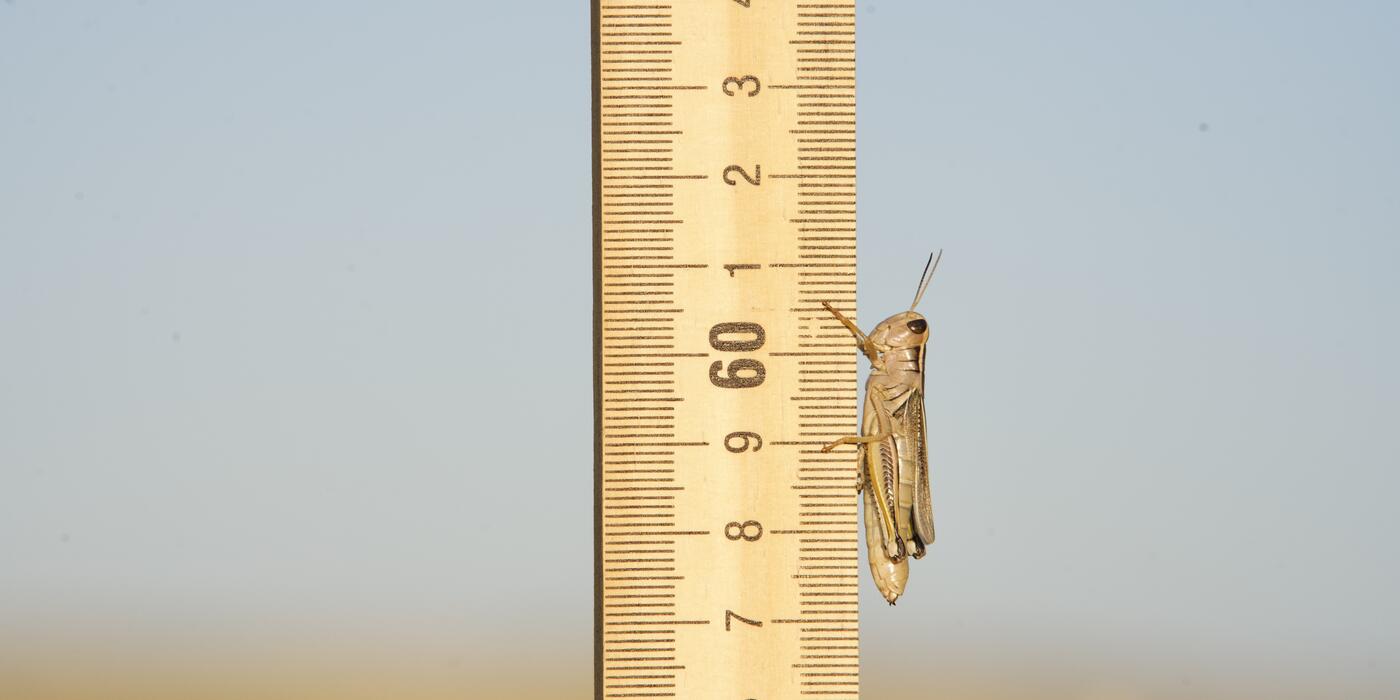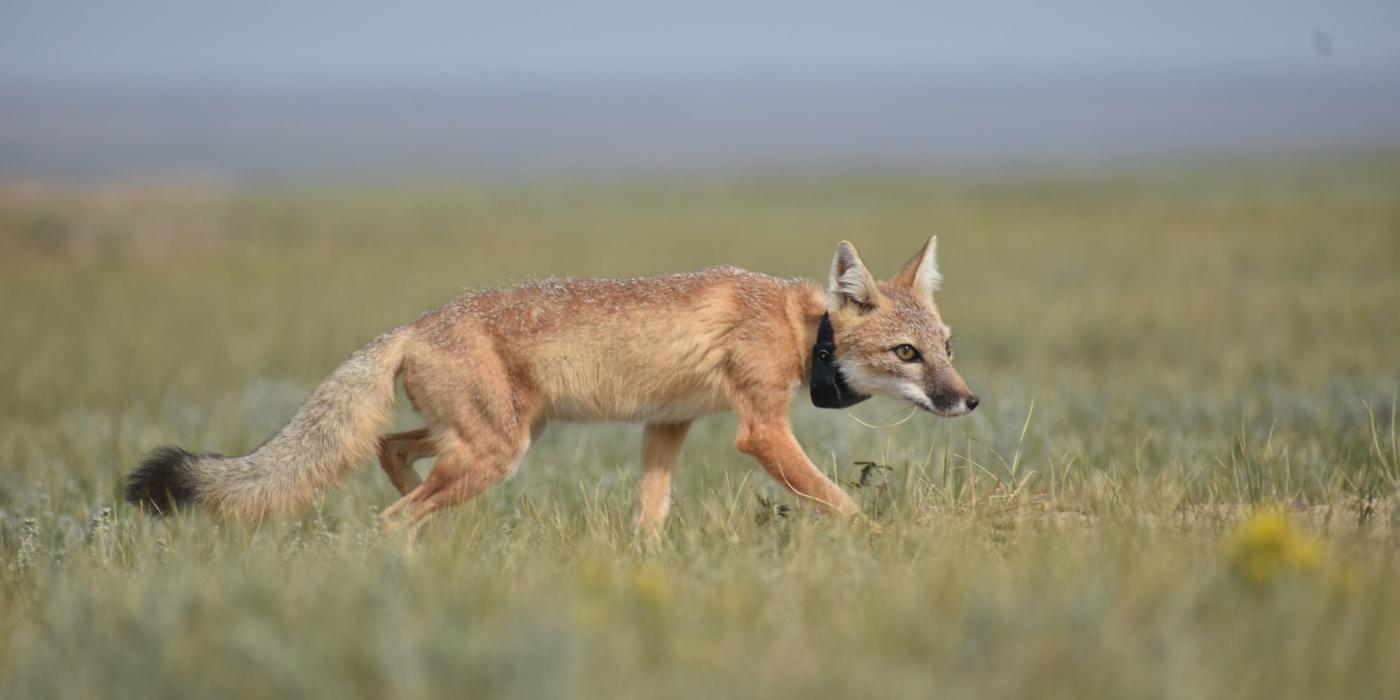How Brazil’s Unique Canopy Bridges Are Saving Species
Roads are an everyday part of life — something we notice only when we are sitting in traffic or dodging potholes. But for wildlife, roads pose a serious threat. While they connect human communities, they also cut through natural habitats and fragment animal populations. This issue is especially significant in Brazil, which has more than a million miles of roads crisscrossing the country. Many of these roads now cut through one of the world’s most biodiverse regions — the Amazon rainforest. Vehicles may strike animals trying to cross, and the resulting roadkill often attracts scavengers, who are then at risk of being hit as well.
These deaths, however, can be reduced with the help of wildlife crossings. Since 2022, the Reconecta project has constructed 39 artificial canopy bridges for arboreal animals, significantly lowering the risk of collisions for tree-dwelling species. So far, we have installed 32 canopy bridges along a federal highway between the Brazilian states of Roraima and Amazonas, as well as seven more along urban roads of the city of Alta Floresta. We plan to install eight additional bridges in Alta Floresta and expand the project to other areas later this year.
Established in 1976, Alta Floresta is a rapidly growing municipality in the state of Mato Grosso, a large state in west-central Brazil covered mainly with rainforests and wetlands. Over the past two decades, the city has expanded significantly, leading to the development of urban and rural road networks that cut through key fragments of the Amazon rainforest. These roads are having a severe impact on local arboreal animals, with some species attempting to cross on the ground while others remain isolated on either side. This isolation limits access to resources and mating opportunities — factors that ultimately contribute to population declines. Alta Floresta is home to 12 primate species, making it one of Brazil's most primate-rich areas. Of these, six species live in urban areas, including the critically endangered Alta Floresta titi monkey (Plecturocebus grovesi), which was only described by scientists in 2019, and Schneider’s marmoset (Mico schneideri), an endangered species first described in 2021.
In response to these conservation challenges, our team installed seven bridges in late 2024. By March 2025, these bridges had already proven to be a tremendous success, with nearly 2,000 crossings of six different species. This included hundreds of crossings by black-capped capuchins (Sapajus apella), critically endangered Alta Floresta titi monkeys and endangered Schneider’s marmosets.
The highway leading into Alta Floresta connects people, but separates wildlife in either portion of forest. With canopy bridges, animals can move safely through the rainforest.
Credit: Fernanda Abra, Smithsonian
Perfecting the Design
Before starting our work in Alta Floresta, many of our bridges were deep in the Amazon, on the lands of the Waimiri-Atroari community. The Reconecta team worked closely with the Indigenous community, combining our scientific background with the Indigenous knowledge to test two types of bridge designs to see which animals would prefer. At the time, we didn’t know how the animals would react to the different designs. But it became clear many animals preferred bridge designs that mimicked tree trunks and forest branches.
In Alta Floresta, we used our previous research to develop a new bridge design, one that combines three unique designs. Each level of the bridge is specialized for use by different animals. With the three levels, the bridges can accommodate a wider range of species, such as primates, marsupials and rodents.
It’s been fascinating to check our camera traps to see how the different species prefer different designs. Primatologists like Dr. Tremaine Gregory originally recommended a simple, single-ling design that mimicked a tree branch, and we can already see her reasoning was spot on.
Later this year, we are taking on a new challenge: the power grid. Many arboreal species use power lines to travel at the level of canopy where branches are absent and are at risk of electrocution while transitioning between the two. Having canopy bridges near power lines can also be extremely hazardous if the animals move from the bridges to the lines.
We conducted technical inspections of the lines as part of a partnership with the local power company. The power company committed to modernizing, insulating and lowering the power lines near the eight new canopy bridges. They also will add barriers to discourage animals from jumping from the canopy bridges onto power lines. Although it’s difficult to completely prevent animals from using power lines, the added insulation lowers the risk of electrocution. This is a crucial solution developed through our project that we can share with similar initiatives elsewhere.
It Takes a Village
Canopy bridges aren’t the only way to prevent wildlife mortality. Educating communities about the challenges and dangers wildlife face is critical, as community buy-in is at the heart of the success of conservation efforts. In Alta Floresta, we developed a multi-prong environmental awareness campaign to connect with residents, which the local government helped us launch. We opened a photo exhibit at the city’s natural history museum to highlight the region’s primates. We screened the Smithsonian-produced documentary “Nykwa Ima: A Path Toward Reconnectivity" to more than 1,200 students. We also distributed informative brochures throughout the city, which included driving tips to reduce roadkill.
We weren’t sure how engaged the city would be. To our surprise, the citizens of Alta Floresta were supportive, and local business owners and universities were, too! We even installed a large display panel on a main avenue to show the monthly recorded crossings. It’s a very effective way to keep everyone well-informed about our project.
Thanks to this effort, our research team now has engaged partners who help us reach the broader community. We are proud to say Alta Floresta is the first Amazonian municipality to implement a wildlife mitigation program. And thanks to the success we have seen, it won’t be the last.


